Traveling with pets has gone from being that thing only eccentric dog ladies did to a full-blown lifestyle movement. And I get it. The idea of leaving Mr. Whiskers behind while you sip sangria in Barcelona feels a bit… well, heartless.
But here’s the thing about pet travel that nobody tells you upfront. It’s not just booking an extra seat and calling it a day. Oh no. We’re talking documentation that rivals applying for citizenship, packing lists that would make a doomsday prepper jealous, and the constant mental gymnastics of “will my anxious rescue cat actually survive a cross-country road trip, or am I being optimistic?”
The pet travel industry knows we’re hooked, too. They’ve built a $2.4 billion empire on our collective guilt and genuine love for our furry companions. Hotels roll out red carpets, airlines have gotten slightly less hostile about carriers, and vacation rentals now advertise “dog-friendly” like it’s a luxury amenity.
Planning a safe, enjoyable trip with your pet isn’t impossible—it just requires more strategy than your average weekend getaway. Perhaps that’s obvious. Maybe it’s not. Either way, the payoff of watching your dog discover ocean waves for the first time? Worth every logistical headache.
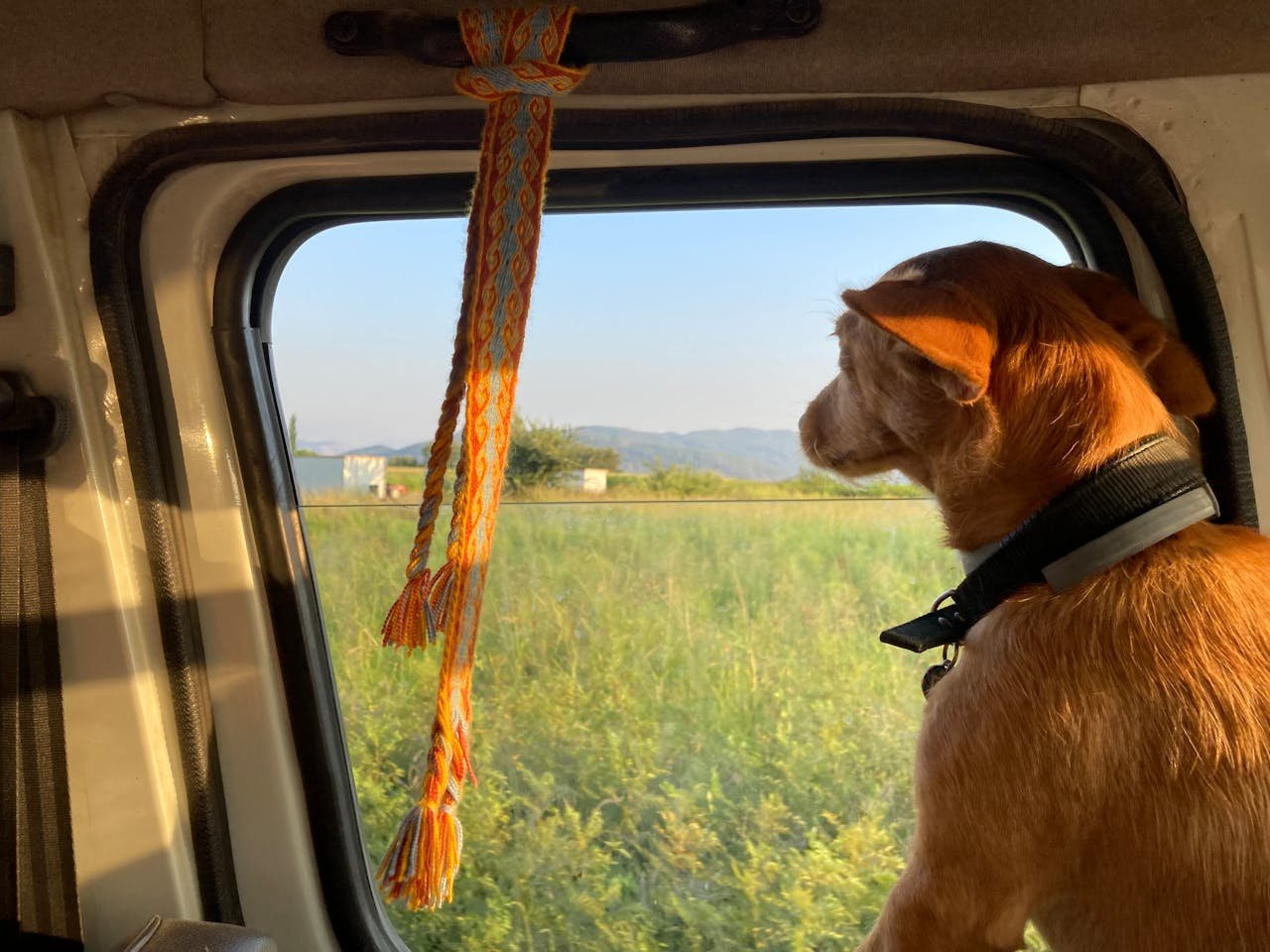
Why Traveling with Pets Has Become the New Normal
The pet travel industry has exploded faster than a Jack Russell spotting a squirrel. We’re talking about a $2.4 billion market that’s growing by double digits annually. Why? Perhaps because we’ve finally admitted what we’ve always known—our pets aren’t just animals, they’re family members who happen to have better hearing and questionable table manners.
The pandemic shifted everything. Suddenly, everyone had pandemic puppies, remote work became normal, and the idea of leaving Fluffy behind for a week felt downright criminal. Hotels started rolling out red carpets for four-legged guests, airlines began treating pet carriers like premium luggage, and vacation rentals started advertising “dog-friendly” as prominently as “ocean view.”
Planning Your Pet-Friendly Adventure: The Real Talk
Start with Your Pet’s Personality (Not Your Pinterest Board)
Before you start dreaming about sunset beach walks, take a hard look at your pet’s temperament. Is your cat the type who hides under the bed when the doorbell rings? Maybe a cross-country RV adventure isn’t their vibe. Does your dog lose their mind with excitement every time they see a new person? A quiet cabin retreat might be perfect.
I learned this lesson with my friend Sarah’s anxious rescue dog, Benny. We planned this gorgeous mountain cabin getaway, complete with hiking trails and fire pits. Benny spent the entire weekend stress-panting under the kitchen table. Sometimes the best vacation for your pet is a staycation with their favorite human.
The Documentation Dance
Here’s where things get bureaucratic and slightly boring, but stick with me. Pet travel documentation is like a passport system designed by someone who really, really loves paperwork.
For domestic travel, you’ll need:
- Current vaccination records (rabies is non-negotiable)
- Health certificate from your vet (usually within 10-30 days of travel)
- Microchip information
- Any medication prescriptions
International travel adds layers like an onion:
- USDA-endorsed health certificates
- Country-specific vaccination requirements
- Sometimes quarantine periods (yes, really)
- Import permits that make tax forms look simple
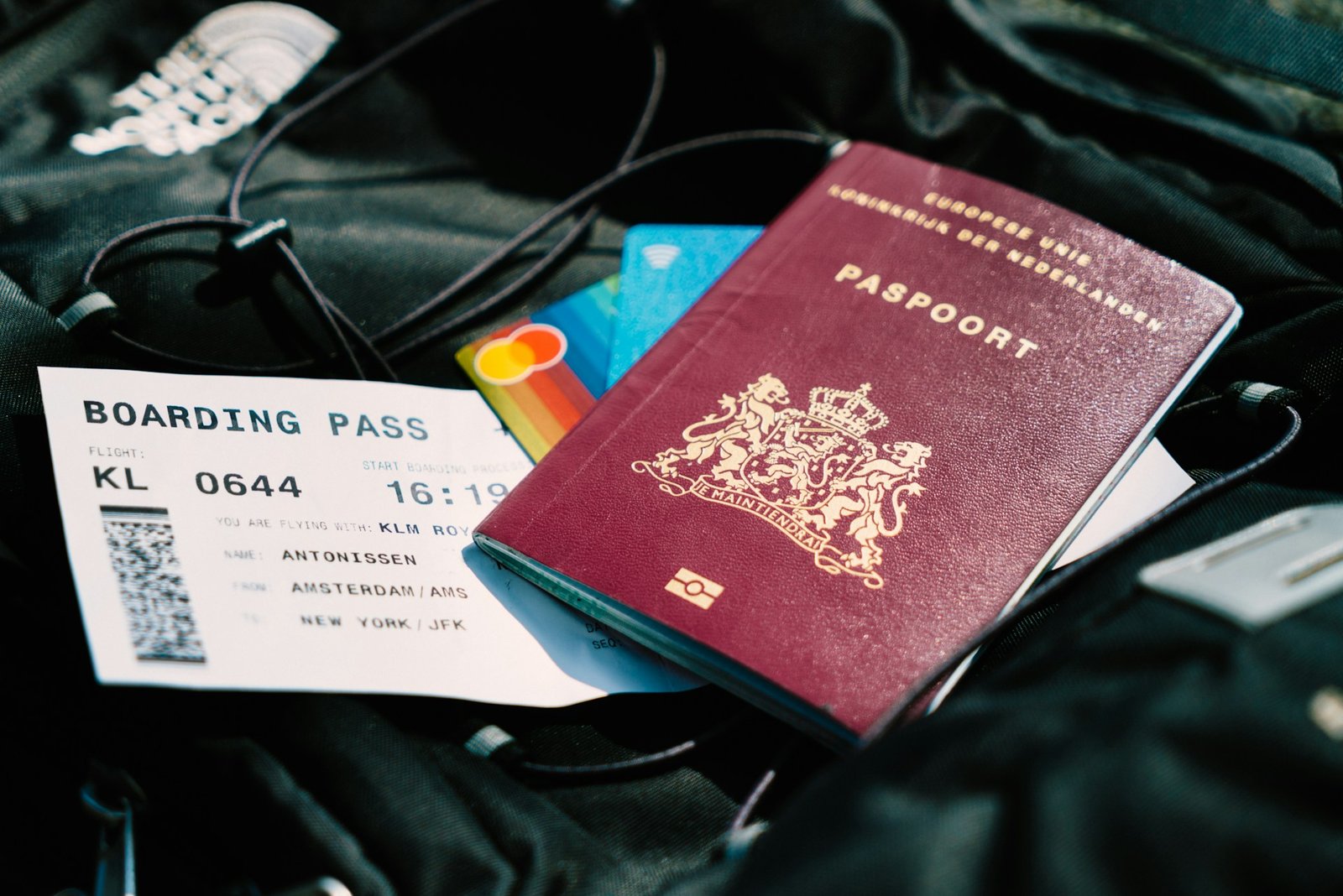
Transportation: Choose Your Own Adventure
Flying with Pets: The Sky-High Stress Test
Airlines treat pet travel like they’re launching rockets to Mars—lots of rules, forms, and potential for things to go sideways. Most major airlines allow small pets in the cabin if they fit under the seat in an approved carrier. Larger pets travel as checked baggage or cargo, which sounds terrifying but is generally safe when done right.
Pro tip from personal experience: Book early. Pet spots are limited, and airlines would rather bump your golden retriever than a paying passenger.
Road Tripping: Freedom with Four Wheels
Road trips offer control, frequent potty breaks, and the ability to turn around if things go south. Plus, you can pack half your house without airline baggage fees judging you.
The key is gradual conditioning. Start with short trips to fun places—the dog park, a pet-friendly café, anywhere that builds positive car associations. Work up to longer journeys gradually. Think of it as training for a marathon, except with more drooling.
Alternative Transport: Trains, Boats, and Creative Solutions
Amtrak allows small pets on many routes, though they’re stricter than a boarding school headmaster about carrier size. Ferries often welcome pets, making them perfect for island adventures. Some bus lines accept pets, though the experience varies wildly.
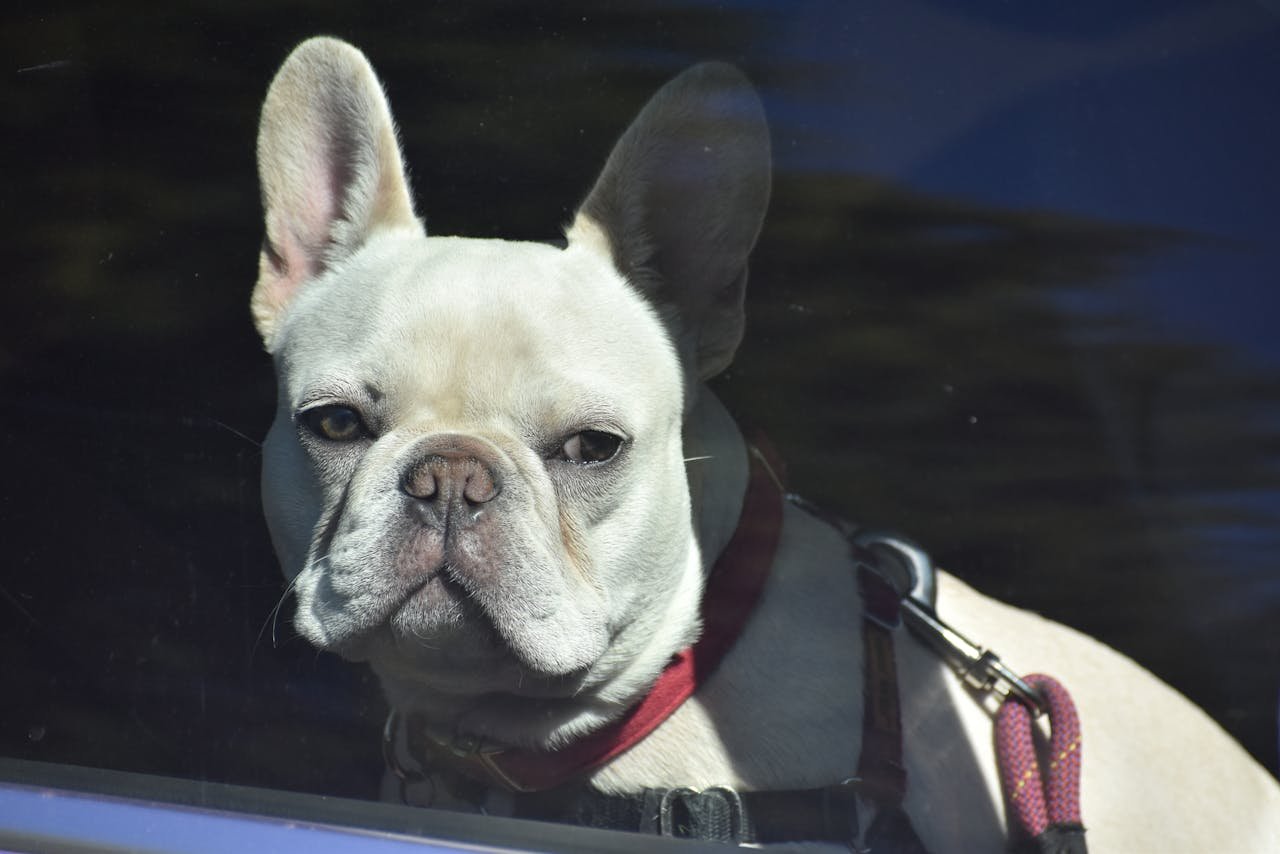
Accommodation: Finding Pet Paradise
Hotels: From Grudging Tolerance to Red Carpet Treatment
The hotel industry’s relationship with pets has evolved from “absolutely not” to “welcome, here’s a gift basket.” Luxury chains like Kimpton and W Hotels treat pets like VIP guests, complete with beds, treats, and sometimes spa services. Budget chains have caught on too—many Holiday Inns and La Quintas offer pet-friendly rooms without the premium pricing.
Hidden costs to watch for:
- Pet fees (typically $25-50 per night)
- Security deposits
- Cleaning fees
- Size or breed restrictions
Vacation Rentals: Home Away from Home
Airbnb and VRBO have revolutionized pet travel. Entire homes mean space to spread out, kitchens for familiar food routines, and yards for bathroom emergencies. The downside? You’re responsible for any damage, and some owners have very specific pet rules.
Always message the host before booking, even if the listing says pet-friendly. Some hosts allow cats but not dogs, others have weight limits, and a few have unrealistic expectations about pet behavior.
Camping: Nature’s Ultimate Pet Playground
Camping with pets feels natural until you realize your tent is now a chew toy and your sleeping bag smells like wet dog forever. But honestly? Watching your dog discover forest smells or seeing your cat stalk grasshoppers makes the extra effort worthwhile.
Most campgrounds allow pets with standard leash requirements and cleanup expectations. National parks have varying pet policies—some allow pets on trails, others restrict them to campgrounds and roads.
Packing: The Art of Controlled Chaos
The Pet Travel Essentials Checklist
Food and Water Supplies:
- Enough regular food for the entire trip (plus extra for delays)
- Portable food and water bowls
- Water from home (seriously, some pets are picky about taste changes)
Comfort Items:
- Favorite blanket or bed
- Familiar toys (but maybe not the squeaky ones for hotel stays)
- Calming aids like pheromone sprays or anxiety wraps
Safety and Health:
- Leash and backup leash
- Waste bags (more than you think you need)
- First aid kit with pet-specific items
- Medications in original containers
- Appropriate carrier or crate
- Car harness or barrier
- Identification tags with destination contact info
The Forgotten Items That Will Save Your Sanity
- Enzymatic cleaner (for accidents that will happen)
- Lint rollers (your clothes will thank you)
- Portable vacuum (for hotel rooms and rental cars)
- Backup charger for GPS tracker
- Cash for unexpected pet fees
Destination Selection: Thinking Beyond Instagram
Beach Towns: Sun, Sand, and Soggy Paws
Beach destinations offer endless entertainment for dogs and reasonable accommodations for cats who prefer watching waves from air-conditioned comfort. Research beach pet policies—some allow dogs year-round, others have seasonal restrictions, and a few ban pets entirely.
Top pet-friendly beach destinations:
- Outer Banks, North Carolina
- Carmel-by-the-Sea, California
- Key West, Florida
- Cape Cod, Massachusetts
Mountain Retreats: Fresh Air and Adventure
Mountain destinations provide natural playgrounds for active pets and peaceful environments for those who prefer quiet contemplation. Altitude can affect pets just like humans, so plan accordingly if you’re heading to high elevations.
Cities: Urban Adventures with Four-Legged Explorers
Urban pet travel has exploded, with cities competing to become the most pet-friendly destination. Dog parks, pet boutiques, and restaurants with patio seating make city breaks surprisingly enjoyable with pets.
Consistently pet-friendly cities:
- Portland, Oregon
- Austin, Texas
- San Diego, California
- Asheville, North Carolina
Managing the Challenges: When Reality Meets Expectations
Motion Sickness and Travel Anxiety
Motion sickness affects pets just like humans, except they can’t tell you they’re feeling queasy until it’s too late. Gradual exposure helps, but sometimes you need pharmaceutical backup. Talk to your vet about anti-nausea medications or calming supplements.
For anxiety, start conditioning early. Make carriers and car rides positive experiences through treats, favorite toys, and short, fun trips. Some pets benefit from pheromone sprays or anxiety wraps, while others need prescription help.
The Bathroom Situation
Pet bathroom logistics become surprisingly complex when traveling. Dogs need frequent breaks, cats need familiar litter, and both can have accidents when stressed or in unfamiliar environments.
Plan bathroom stops every 2-3 hours for dogs, and always carry cleanup supplies. For cats, bring familiar litter and a portable litter box. Some cats refuse to use litter boxes in moving vehicles, so plan overnight stops accordingly.
Food and Water Challenges
Travel disrupts routines, and some pets respond by refusing to eat or drink. Bring familiar food and gradually transition to new brands if necessary. Water changes can upset sensitive stomachs, so consider bringing water from home for the first few days.
Budget Reality Check: The True Cost of Pet Travel
Transportation Costs
- Airline pet fees: $95-200 each way for cabin pets, $200-500 for cargo
- Car travel: Additional gas, frequent stops extending trip time
- Pet-friendly accommodation surcharges: $25-75 per night
- Travel insurance for pets: $15-30 per trip
Accommodation and Activity Costs
Pet-friendly doesn’t always mean budget-friendly. Hotels often charge pet fees on top of room rates, and vacation rentals may require additional security deposits. Some attractions welcome pets free, while others charge admission or ban pets entirely.
Emergency Fund Planning
Travel increases accident and illness risks. Budget for potential veterinary emergencies, especially when traveling to remote areas where emergency vet care costs premium prices. Pet travel insurance might seem excessive until you need emergency surgery in the middle of nowhere.
Technology and Apps: Your Digital Travel Assistant
Navigation and Planning Apps
- BringFido: Comprehensive pet-friendly business directory
- GoPetFriendly: Travel planning specifically for pets
- Roadtrippers: Route planning with pet-friendly stops
- iExit Interstate Exit App: Find pet services near highway exits
Safety and Health Apps
- Finding Rover: Emergency pet sitting and dog walking
- VetLocator: Find veterinarians anywhere
- Pet First Aid: Emergency medical guidance
- Whistle or Fi GPS: Real-time pet tracking
Booking and Reviews
Most major booking sites now filter for pet-friendly options, but read reviews carefully. Pet owners leave detailed feedback about pet policies, fees, and actual pet-friendliness versus marketing claims.
Making Memories: The Emotional Payoff
Strengthening Your Bond
Traveling with pets creates shared experiences that deepen your relationship. Watching your dog experience ocean waves for the first time or seeing your cat discover a sunny window in a mountain cabin creates memories that justify every logistical headache.
Teaching Adaptability
Travel teaches pets (and owners) flexibility and confidence. Pets who travel regularly become more adaptable, social, and relaxed in new situations. These skills benefit them throughout their lives, making vet visits, moves, and other changes less stressful.
Creating Stories Worth Telling
The best travel stories often involve disasters that become hilarious in retrospect. That time your cat escaped in the hotel hallway, or when your dog decided to “help” a street musician by howling along—these moments become family legends.

Conclusion: The Journey Is Worth the Effort
Pet travel isn’t for everyone, and that’s okay. Some pets genuinely prefer staying home with a trusted sitter, and some trips work better without four-legged complications. But if you’re willing to invest the extra planning, patience, and flexibility, traveling with your pet can transform both your adventures and your relationship.
The key is managing expectations. Your pet won’t pose for Instagram photos on command, might get carsick at the worst possible moment, and will definitely add complexity to every aspect of your trip. But they’ll also bring joy, spontaneity, and unconditional companionship to every mile.
Start small, plan thoroughly, and remember that perfect trips exist only in social media posts. Real pet travel is messy, unpredictable, and absolutely worth it.
Frequently Asked Questions About Pet Travel
Q: How far in advance should I plan a trip with my pet?
A: Start planning at least 6-8 weeks before travel, especially for flights or international destinations. Domestic road trips can be planned with less lead time, but early booking ensures better pet-friendly accommodation availability.
Q: What size pet carrier is required for airline travel?
A: In-cabin carriers must fit completely under the seat and typically measure around 18″ x 11″ x 8″, though dimensions vary by airline. Measure your pet and check specific airline requirements before purchasing.
Q: Can I bring my pet to national parks?
A: Pet policies vary significantly by park. Many allow pets in developed areas and on some trails but restrict access to backcountry areas. Always check specific park regulations before visiting.
Q: How do I help my pet with motion sickness during travel?
A: Limit food 2-3 hours before travel, ensure good ventilation, take frequent breaks, and consider anti-nausea medication prescribed by your veterinarian for severe cases.
Q: What documents do I need for international pet travel?
A: Requirements vary by destination but typically include health certificates, vaccination records, microchip identification, and sometimes import permits or quarantine periods.
Q: Are there weight restrictions for pets in hotels?
A: Many hotels have weight limits ranging from 25-80 pounds, while some luxury properties accept pets of any size. Always confirm restrictions when booking.
Q: How do I find emergency veterinary care while traveling?
A: Research emergency vet clinics along your route before traveling, use apps like VetLocator, and consider pet travel insurance for unexpected medical expenses.
Q: Can I leave my pet alone in a hotel room?
A: Most hotels prohibit leaving pets unattended due to noise complaints and potential damage. If you must leave briefly, inform the front desk and consider crate training.
Q: What’s the best way to prepare my pet for their first trip?
A: Start with short practice trips to fun destinations, gradually increasing distance and duration. Make carriers and travel gear familiar through positive associations at home.
Q: How much extra should I budget for pet travel expenses?
A: Expect 25-50% additional costs including pet fees, specialized accommodations, and travel supplies. Emergency funds of $500-1000 are recommended for longer trips.
Top Products and Travel Recommendations for Pet Travel
Travel Carriers and Crates
- Sherpa Original Deluxe Airline Approved Pet Carrier – Amazon – TSA-approved soft carrier perfect for cabin travel with excellent ventilation.
- Petmate Sky Kennel Travel Carrier – Petco – IATA-approved hard crate for cargo travel with secure locking mechanisms.
Car Travel Safety 3. Kurgo Tru-Fit Smart Dog Walking Harness – Kurgo.com – Dual-purpose harness for walking and car safety with crash-test engineering.
- BarksBar Original Dog Car Barrier – Chewy – Universal car barrier keeping pets safe in rear seat area during travel.
Comfort and Calming 5. Thundershirt Classic Dog Anxiety Jacket – ThunderShirt.com – Gentle pressure wrap reducing travel anxiety through calming compression.
- Adaptil Travel Calming Pheromone Spray – 1-800-PetMeds – Natural pheromone spray reducing stress during transport and new environments.
Feeding and Hydration 7. Collapsible Silicone Pet Travel Bowls – REI – Space-saving bowls perfect for hiking and travel with non-slip bases.
- PetSafe Healthy Pet Gravity Food Station – PetSafe.com – Self-refilling system maintaining regular feeding schedules during extended stays.
Technology and Tracking 9. Whistle GO Explore GPS Pet Tracker – Whistle.com – Real-time location tracking with health monitoring for peace of mind during travel.
- Fi Series 2 GPS Dog Collar – TryFi.com – Advanced GPS tracking with escape alerts and activity monitoring features.
Accommodation Platforms 11. BringFido.com – BringFido.com – Comprehensive database of pet-friendly hotels, restaurants, and attractions worldwide.
- Airbnb Pet-Friendly Filter – Airbnb.com – Vacation rental platform with robust pet-friendly filtering and host communication tools.
Destination Recommendations 13. Outer Banks, North Carolina – OuterBanks.org – Miles of dog-friendly beaches with numerous pet-welcoming rental properties.
- Carmel-by-the-Sea, California – CarmelCalifornia.org – Fairy-tale village with dog-friendly beaches, shops, and restaurants throughout downtown.
- Key West, Florida – Florida-Keys.com – Laid-back island atmosphere with pet-friendly accommodations and outdoor dining options.
Travel Services 16. Happy Tails Travel Inc. – HappyTailsTravel.com – Professional pet travel services including transportation and documentation assistance.
- Worldwide Animal Travel Association – WATA.aero – Directory of certified pet travel professionals and transportation services globally.
Health and Safety 18. Pet First Aid Kit by RC Pet Products – Amazon – Comprehensive medical kit designed specifically for pet travel emergencies.
- Portable Pet Water Filter – LifeStraw – Filtration system ensuring clean drinking water for pets during outdoor adventures.
- Pet Travel Insurance by Healthy Paws – HealthyPawsPetInsurance.com – Comprehensive coverage including travel-related veterinary emergencies and trip cancellation protection.


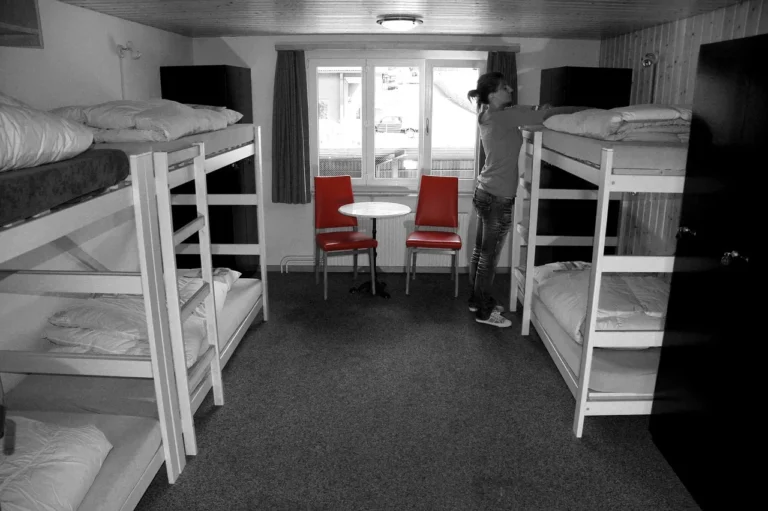

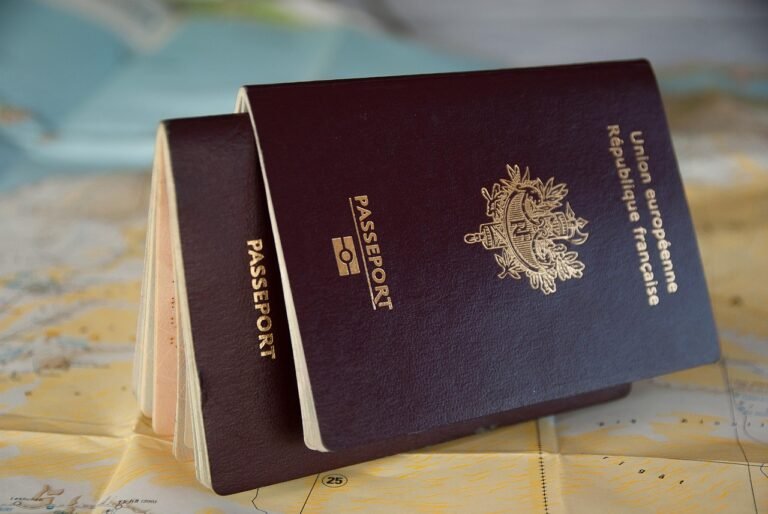
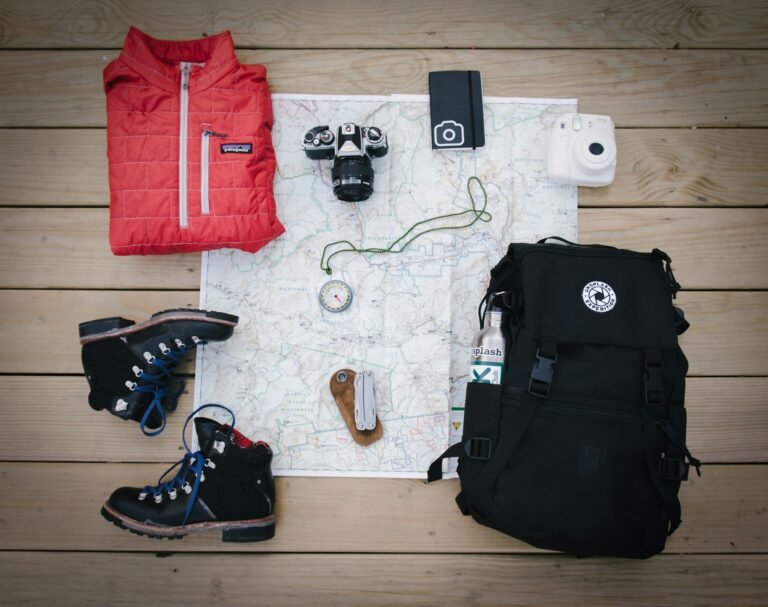
Your honesty and vulnerability in sharing your personal experiences is truly admirable It takes courage to open up and I applaud you for it